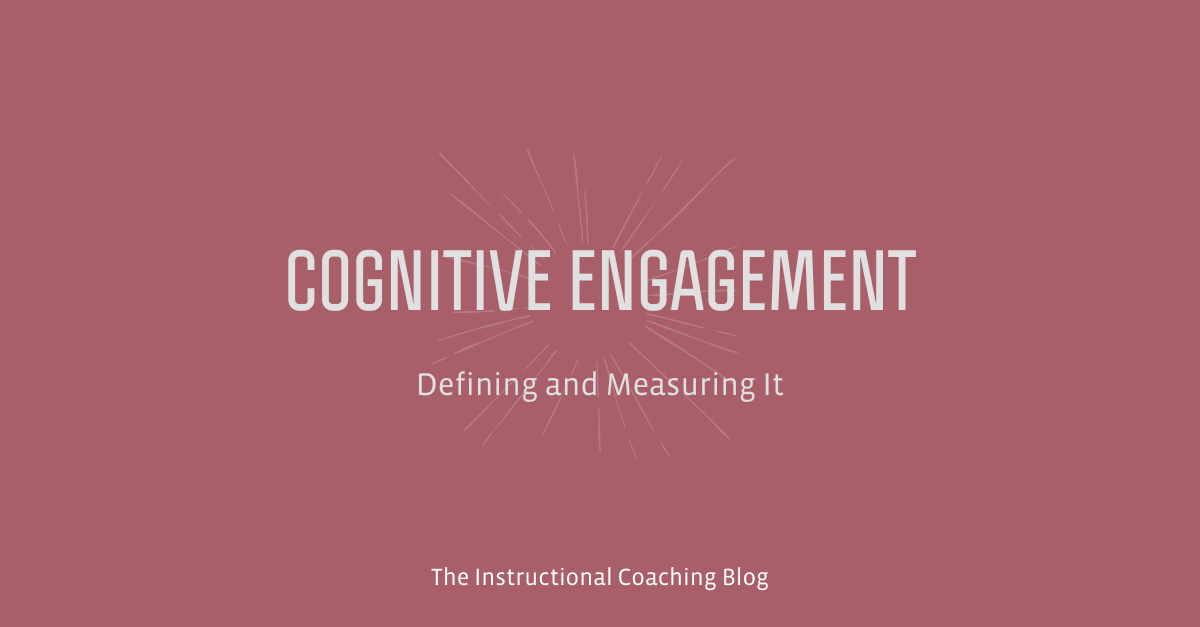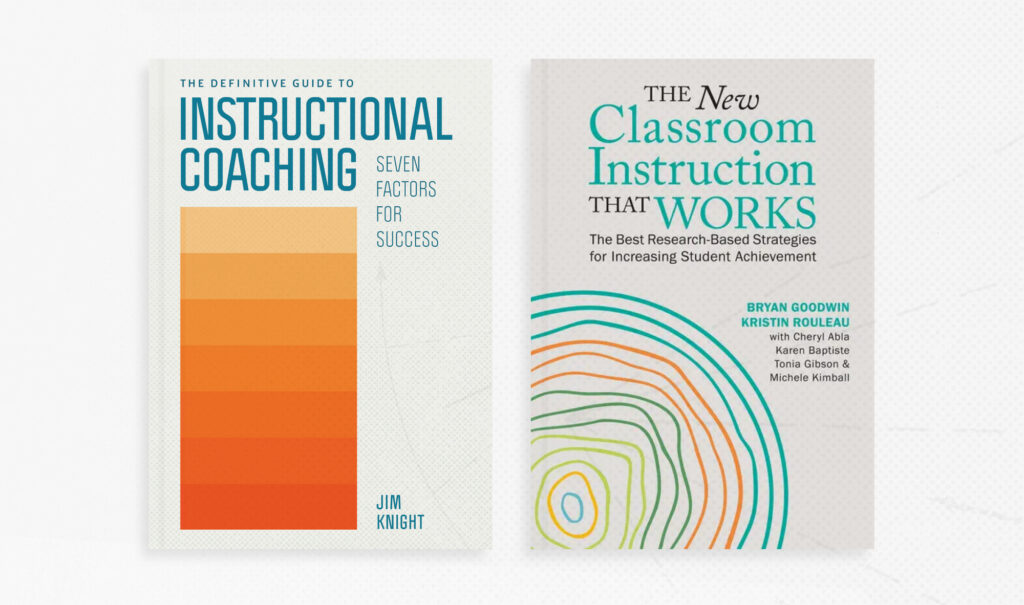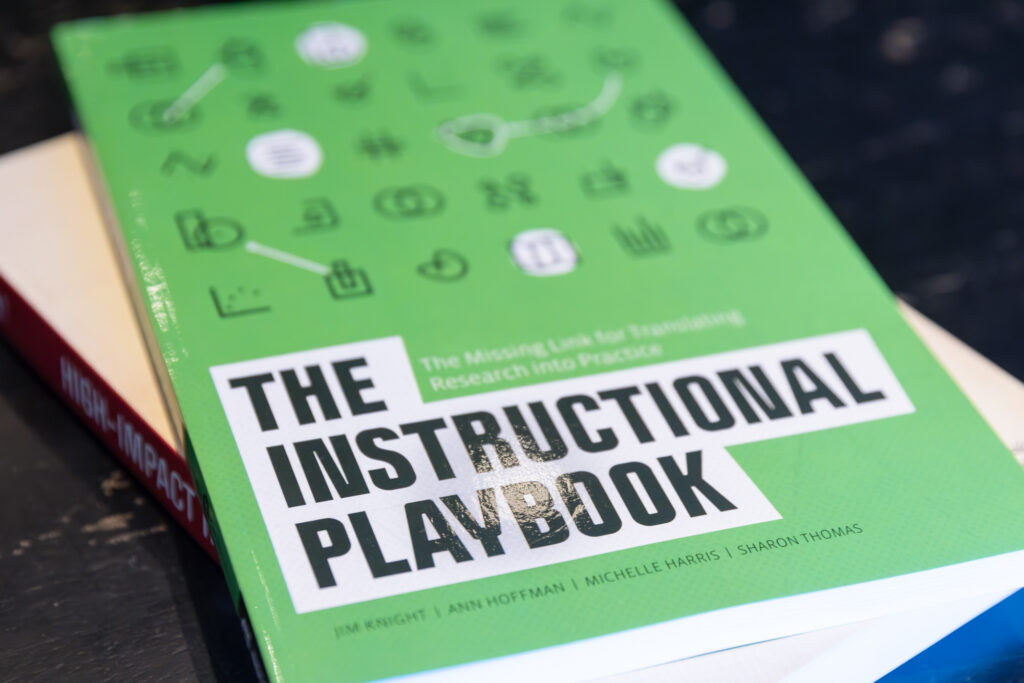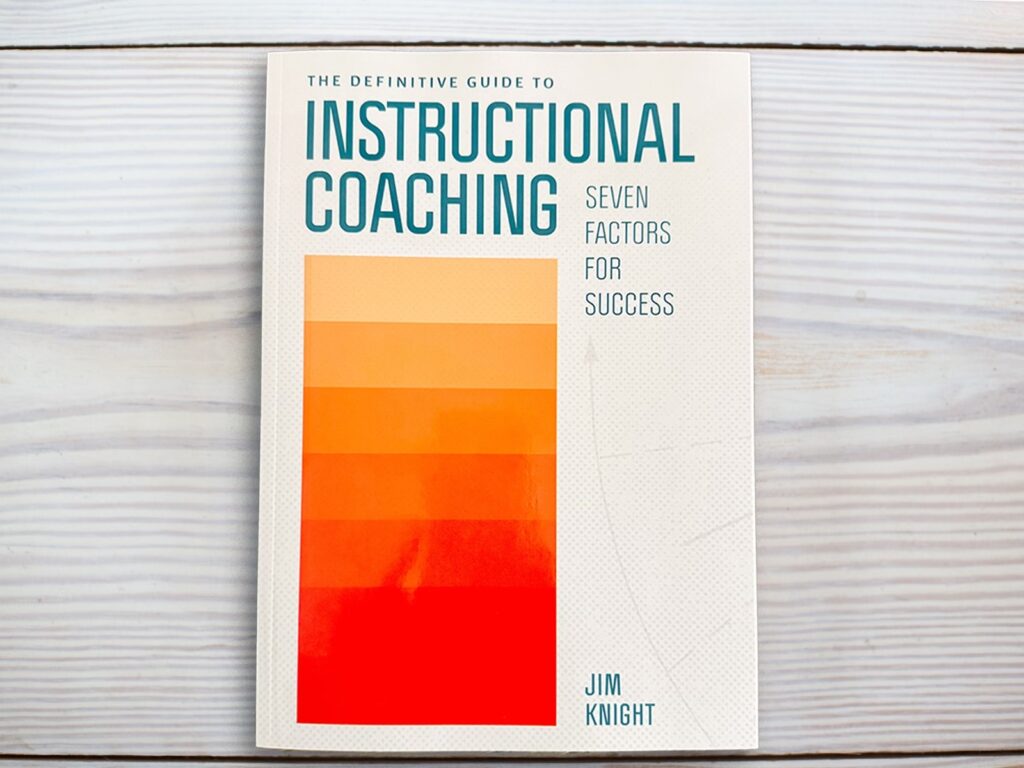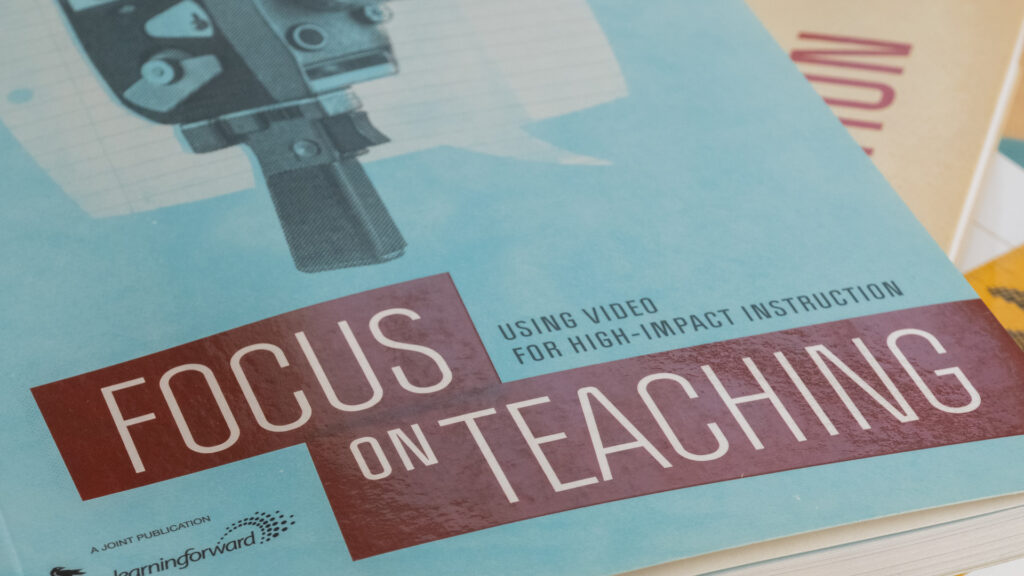When students are cognitively engaged, they experience what their teacher intends for them to experience during an activity. Cognitive engagement is similar to what Phil Schlechty (2011) calls “authentic engagement,” which he contrasts with “strategic compliance.” According to Schlechty, students who are strategically compliant do activities for strategic reasons – to earn praise, for example, or to get a better grade – rather than because they see the activities as meaningful, relevant, or enjoyable.
By contrast, students who are cognitively engaged find meaning and value in learning tasks. They are attentive, committed, and persistent until they complete tasks because they see the value in them. When students are cognitively engaged, they are more motivated, more positive, and most likely learning more than students who are not engaged.
Measuring Cognitive Engagement
Cognitive engagement can be assessed in different ways. Since cognitive engagement occurs within students, the best strategy is to ask students to describe how engaged they are.
Interviewing Students
When coaches sit down and talk with students, they can learn a lot about how students are experiencing a particular class or even school in general. For interviews, teachers should identify a small sample of students in a class – perhaps one-fifth – choosing a cross section of students who will share the most useful information. The wider the range of students interviewed, the more useful the data will be.
Exit Tickets
Coaches and teachers get a lot of useful information when they interview students, but interviews are hard to schedule more than once or twice a semester. Besides, they sample only a fraction of the students in a classroom. Another way for teachers to better understand their students’ cognitive engagement is to ask students to complete exit tickets once a week.
An exit ticket is a slip of paper or an index card with one or more questions on it. Some exit tickets include a scale question for students to answer (“On a scale of 1 to 6, how meaningful was the work in class last week?”). For younger students, they could feature emojis rather than numbers on a scale. Exit tickets can also be designed to ask students what their teacher can do to help them be more engaged (“What can I do to make this class more meaningful to you?”). Students complete exit tickets at the end of the period and turn them in to their teacher as they leave the classroom.
Exit tickets are powerful, but they aren’t always valid; many students overestimate their level of engagement. Often, the most important piece of data on an exit ticket is what students say about how the class could be changed to be more engaging.
Correct academic responses
Another way to assess cognitive engagement is to identify the percentage of students who give correct answers to the teacher’s questions, often referred to as correct academic responses (CAR). You can gather this type of data using a seating chart. Like other kinds of data, CAR data are helpful but imperfect. Learning involves risks, and wrong answers can be better indications of learning than correct ones. Additionally, a 100% CAR rate for an entire class, while appearing to be a positive, may suggest that the content is not sufficiently challenging. Teachers and coaches may find it helpful to gather this type of data along with the number of different students responding. If the CAR rate is 93% but only 18% of the students responded to questions, we cannot assume all students understand the content.
Experience sampling
The idea behind this powerful method is simple: Each student has a copy of the experience sampling form, and the teacher or coach sets up a timer to go off every 10 minutes during a lesson. Each time the timer goes off, students rank their current level of engagement on the form, with 1 indicating they are not engaged at all and 7 indicating they are completely engaged. Students can also write about what the teacher could do to make learning more engaging.
Teachers may find it helpful to audio- or video-record their lesson and then replay the recording as they review the forms the students have completed. Teachers can slide the recording to the points where the timer went off (usually every 10 minutes) to see what was happening when students completed their form, gaining insight into their responses.
These are just a few ways to measure cognitive engagement. Of course, another obvious and powerful way to measure it is to assess whether students have learned the content. I’ll discuss that in a future post.
For now, I would love to hear your feedback. What are ways you assess cognitive engagement? Leave a comment below and share your experience.
